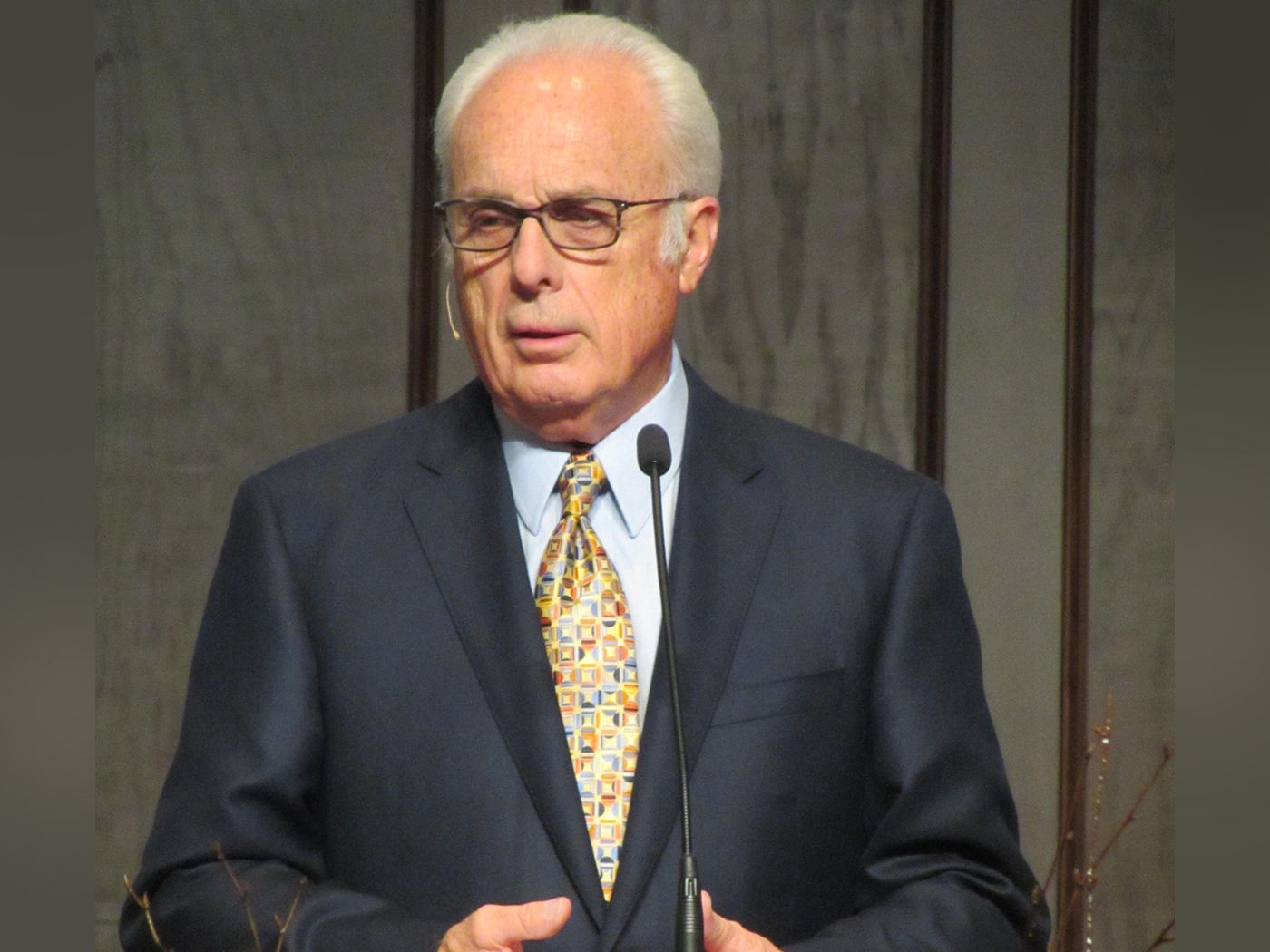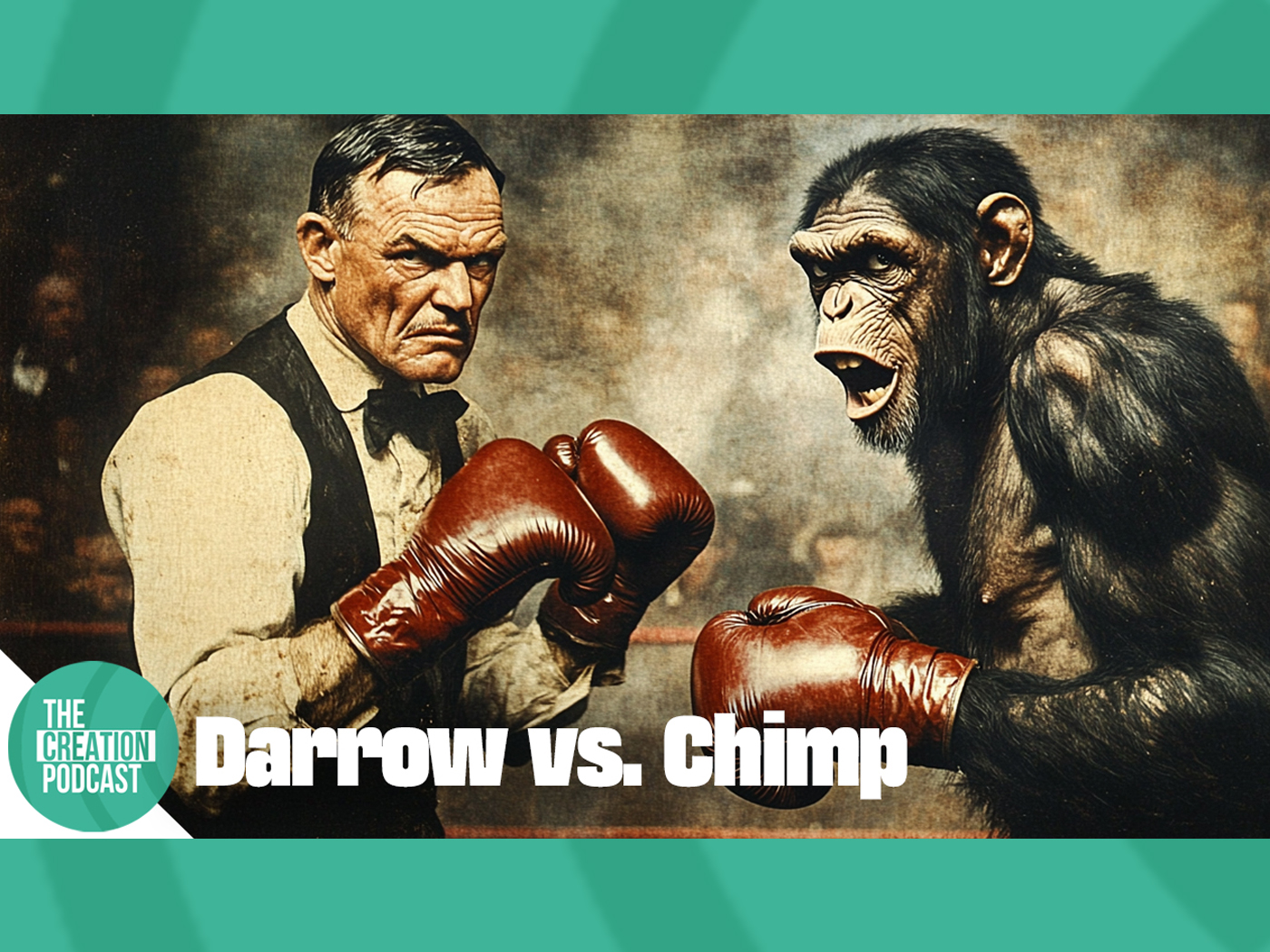A famous fossil cave in Spain yielded some 6,500 human fossils from at least 28 ancient individuals. Investigators analyzed the human skull parts and compared them with typical Neandertal skulls. Their findings, published in the journal Science, unwittingly support a biblical creation model for Neandertal origins.1
Along with human bones in two of its distinct floor layers, the Spanish cave Sima de Los Huesos, which means "bone chasm," also had remains of predators including bears.
What did those ancient people look like? In short, the Science authors found that the human skulls showed a combination of Neandertal traits and modern traits. Were they true Neandertals? Not exactly, but neither were they not Neandertal. What does this do to evolution or creation concepts of Neandertal origins?
Evolutionary scenarios always involve lineages. Darwin's adherents attempt to sort out which form evolved into what other form and when. The biblical creation scenario is less concerned with trait variations within the broad range of genuine human remains. Its foundation does not rest on long lineages but on Genesis, which states that all men descended from Adam.
So, in characteristic fashion, these Science study authors sought to interpret the human remains from Spain in terms of how they fit into the evolutionary timeline—what forms they may have evolved from and into. In the creation view, various human forms could have existed at the same time, all as contemporaneous and variably-shaped descendants of Noah's family.
The Science study authors wrote, "In sum, the SH [Sima de los Huesos] sample shows a constellation of derived Neandertal facial, dental, mandibular, and glenoid features that appears to represent a single functional masticatory complex. At the same time, the cranial vault lacks Neandertal specializations."
In other words, these ancient humans had Neandertal mouths, but non-Neandertal heads. What does this mean?
The evolutionary authors plugged these observations into their scheme by suggesting that Neandertals evolved their full suite of features—including both mouth and head—bit-by-bit instead of all-at-once. Creation scenarios were off the author's table from the start, as they wrote, "This [lack of relevant fossils] complicates the evaluation of competing evolutionary scenarios."1
But a creation scenario may better explain these results, and thus deserves to compete.
First, how could evolution's mutation and selection gather all of the Neandertal-like traits that together make up a "functional masticatory complex?" Developing such coordinated sets of features may ask too much of any process that includes random mutation.
Why not instead suggest that the Neandertal mouth trait-suite was deployed via reshuffling of genetic information that was present in Noah and his family? If people evolved, most fossils should instead show evolutionary blunders, as accidental combinations of trait variations failed the many ages of fitness tests.
Second, a creation scenario best explains the general observation that "hominid" fossils are almost always readily binned—by evolutionists—into "human" and "non-human" categories. In other words, if people evolved, most fossils should show transitions between ape and man, not consistent examples of either one or the other kind.
And these humans from Sima de los Huesos were exactly that—all human. They only show that certain trait variations that characterized Neandertal humans also characterized other populations of people including today's humans. That's no surprise since some modern populations carry Neandertal genes, and all these people descended from Adam and Eve.2
References
- Arsuaga, J. L. et al. 2014. Neandertal roots: Cranial and chronological evidence from Sima de los Huesos. Science. 344 (6190): 1358-1363.
- Thomas, B. Neandertal Genome Confirms Creation Science Predictions. Creation Science Update. Posted on icr.org May 28, 2010, accessed June 25, 2014.
* Mr. Thomas is Science Writer at the Institute for Creation Research.
Article posted on July 2, 2014.



















